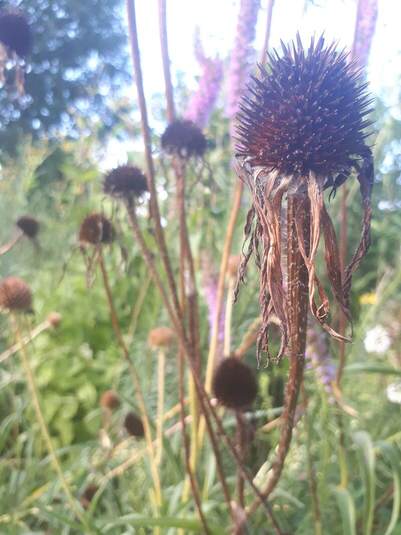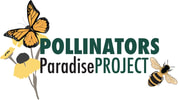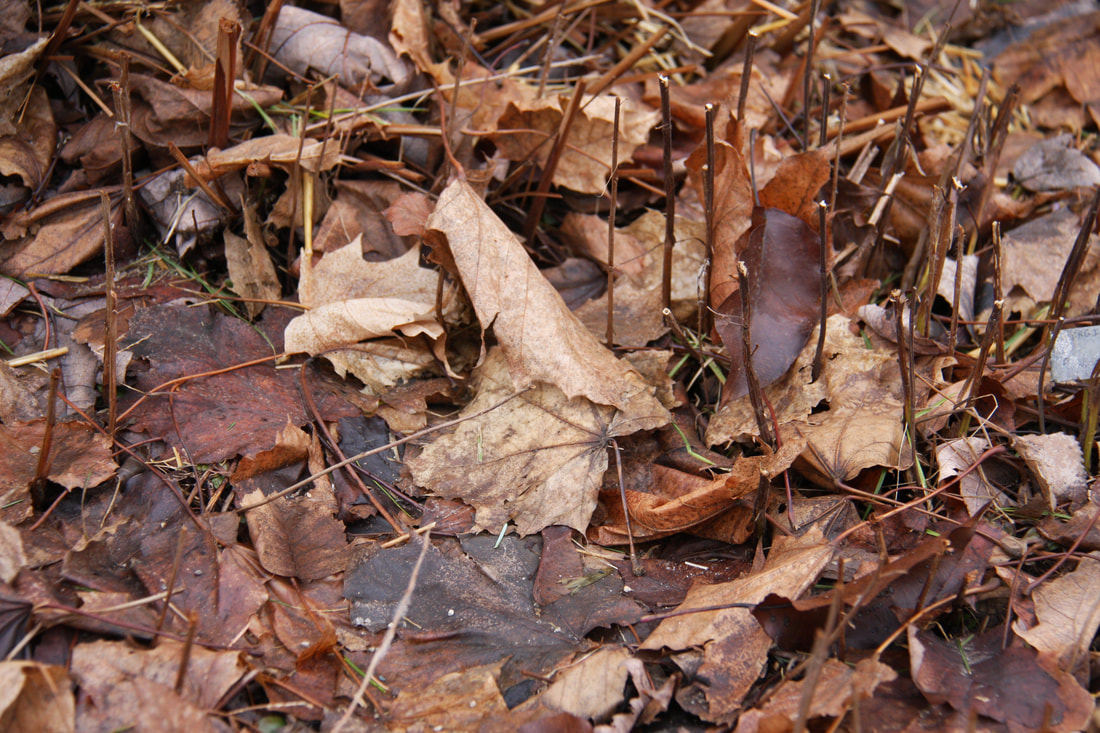 - We’ve had many questions from our followers about maintaining a fall/winter pollinator garden. As one gardener put it, “What should I do to avoid my garden getting overrun with seeds that will then create more plants, and ultimately, I will have to do more weeding?” This gardener says she is conflicted between leaving the stems for insects to overwinter or cutting them back. Charlie Briggs, gardener at Royal Botanical Gardens (RBG), suggests the following: "During late fall (like late November), once birds have had their harvest I remove any seed heads from my plants that I know to be aggressive seeders by snapping or using pruners This usually does not include plants that I know have seedlings that are easy to pull out if they do germinate, or ones whose seedlings I will share with other gardeners or use to fill holes in my own gardens." Charlies says that at this time, he also removes as much height or weight as needed from plants "that will collapse to a point of untidiness or inconvenience--like the native Giant Sunflower next to my driveway. All 10 feet of it will become messy in the winter so I cut it's stalks back to about 3 or 4 feet knowing that it will support itself through the season and provide great habitat for overwintering insects while not disturbing my passage to the side of my house." Charlie removes height using Pruners, Loppers, Saw, "whichever the task calls for." Leave the leaves?What about leaves, you ask?
At work, Charlie says he uses a rake to remove the messy wet leaves of some introduced plants such as hostas and daffodils because they do not keep structure during the winter and provide little to no food or nesting for insects. "As a rule of thumb I recommend leaving as much material as is not an inconvenience to you." As Halton Conservation, Natural Heritage Ecologist, Brenda Van Ryswyk explains, "butterflies and moths often overwinter as a pupa in leaves too, so keeping the leaves in the garden lets them emerge as an adult next spring. This really only goes for the leaves of NATIVE trees though, since our butterflies and moths cannot eat non-native tree leaves, so feel free to get rid of non-native leaves." Brenda emphasizes that leaves should be left on the landscape, "but it is not necessary to leave them exactly where they fall. I've seen lots of people saying they should be left on the grass but thats not necessary. It may even be better to rake them, but just off to the side!" Brenda says she puts the leaves into her garden: "they make great mulch for my plants, provides some piles for insects to hide in for the winter and next spring they will start to rot away, and are the best compost for the garden." She cautions that mulching leaves with a lawn mower is good for composting and fertilizing the lawn or garden but will kill any butterfly/moth larva in the leaves, "so feel free to mow non-native tree leaves.....but if you have a native tree at least a portion (half maybe) should be raked and piled in the garden or a corner of the yard." Like Charlie, Brenda cuts back the front garden but keeps some old stems when she cuts things down: "8 -10 inches is ideal for the bees to use for nesting. the stems stick up and keep the leaves from blowing away." As Brenda explains it, the dead plant stems (especially hollow ones) from this year should not be cut back, even in the spring, as the solitary bees will use them for nesting next summer, then the eggs will hatch and grow in the summer, but overwinter in the stems the NEXT spring and only emerge as adults after spending the winter in the stems as pupa. So the plants grow one year, then cut to approximately 10 inches to be used the next spring (year 2) by the solitary bees, then leave them overwinter and through the spring the third year, so the new bees can emerge. "Many people are cutting the stems down with the young bee larva still in the stems, in fall or early spring clean up," she says. "But you can just always leave the old stems. New growth will cover them up and they rot after a few years and will fall over and add nutrients to the garden soil." Finally, Brenda recommends that if you must clean up the yard in the spring then give the insects at least two weeks of above 10 degrees Celsius weather so they can emerge before you remove stems or leaves, usually in late April, or after you see the first spring flowers. "Spring flowers equal bee food," she says, "so if there are no flowers, there is no food."
1 Comment
2/20/2023 06:42:31 am
The company provides its employees with a relaxing working atmosphere
Reply
Leave a Reply. |
Archives
December 2023
Categories |
|
|
Butterflyway Hamilton: www.facebook.com/butterflywayhamilton/
Environment Hamilton: https://www.environmenthamilton.org/ Hamilton Naturalists' Club: https://hamiltonnature.org/ |


 RSS Feed
RSS Feed